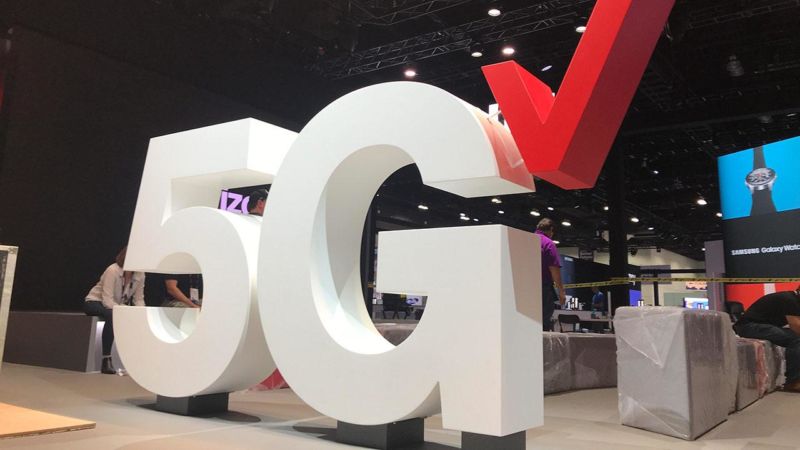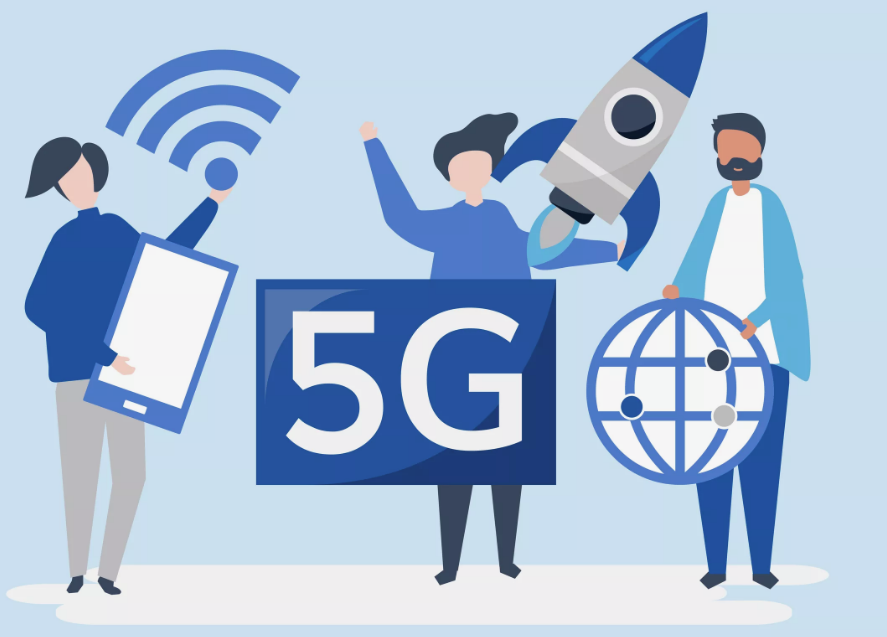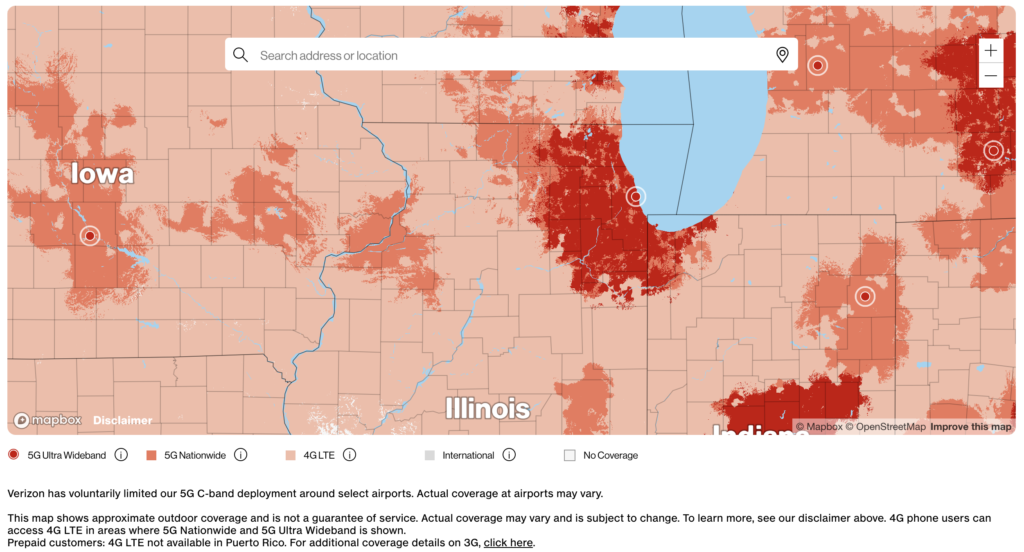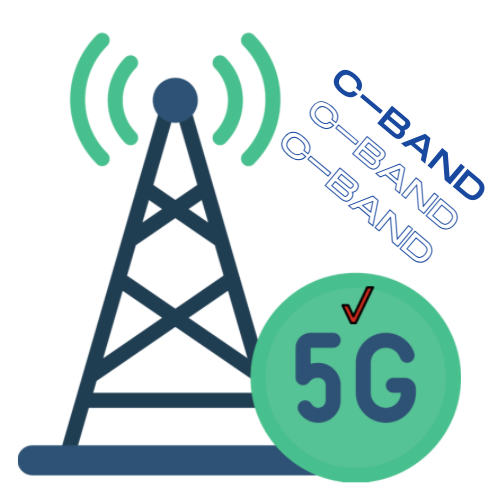Using Ultra Wideband 5G service as the foundation of its partnership, Verizon Wireless and Live Nation will help to evolve the way we experience live events. The companies will work along with artists to create content that allows the fans to be totally immersed in the event, whether it be live or virtual.
To commemorate this partnership, Verizon Wireless has launched a new “First Access” ticket presale program, which is exclusive for Verizon Up members. Verizon Up is the company’s award-winning customer loyalty program. It is free to join, easy to use and available via the My Verizon app. For more details, visit Verizon Up.
It’s already been announced that “First Access” will be available for some upcoming live tours – this includes The Weeknd, Imagine Dragons, Dierks Bentley, Rosalía and more. The team will be announcing additional artist tours at a later date.
Verizon has been busy deploying 5G Ultra Wideband in Live Nation clubs, theaters, and amphitheaters across the country. Each iconic U.S. venue is outfitted with connectivity that is built to handle large scale events. This will allow concert-goers to stream, share photos and videos, and download content at speeds up to 10x faster than 4G.
For the virtual events, Verizon and Live Nation will provide exclusive access via Veeps, a streaming platform that is part of the +play, a new platform exclusive to Verizon customers. It will launch later this year.
“The partnership we’re announcing today is a continuation and deepening of Verizon’s long-standing relationship with Live Nation,” said Hans Vestberg, Chairman and CEO Verizon. “Predicated on technology and our massive consumer base, this partnership will elevate the ecosystem of music – how fans engage, how artists produce and perform, and how venues deliver enhanced in-person experiences and scale them digitally.”
“Verizon has always been a great partner and we’re excited to build something together by integrating their 5G technology into many of our venues,” said Michael Rapino, President and CEO of Live Nation. “With more connectivity than ever, we look forward to seeing what artists and fans create and share as they enjoy live shows together.”
What Can We Expect From 5G at Live Events
Around 380,000+ have already experienced some of what’s ahead at this year’s Super Bowl. In the future, these 5G-powered venues will have real-time innovations. This includes AR filters tied to Live Nation venues and events, integration of 5G multi-cam features for livestream shows, exclusive NFTs for Verizon customers redeemable for in-venue benefits, virtual venues with 5G-captured performances in a 3D world, and more.
“Using the power of Verizon 5G technology in sports and now music, we delivered an experience with an unparalleled level of access for the Pepsi Super Bowl LVI Halftime Show, one of the most-watched events of the year,” said Diego Scotti, CMO, Verizon. “This partnership with Live Nation opens the door for artists to enhance fan engagement and participation, and shape the future of live events.”
Wondering where you might be able to experience 5G-enabled events? You can find them in several major cities including The Wiltern in Los Angeles; The Fillmore in Miami, and Silver Spring; the House of Blues in Anaheim, Chicago, Dallas, Houston and San Diego, and more. Verizon is also making a big change at the iconic Irving Plaza in New York City. It will be renamed Irving Plaza Powered by Verizon 5G. The newly renovated club will offer special access to Verizon Up members and provide an interactive experience for fans.
First Access
“First Access,” is the new presale ticket access for Verizon Up members. It gives special access to Live Nation tours before they are opened to the general public. The program kicked off in early March with a presale for The Weeknd “After Hours Til Dawn Tour.”
Per Verizon Wireless, “First Access” will continue to provide access to millions of presale concert tickets for top Live Nation tours throughout 2022 and beyond. They promise to deliver access and special entry to some of the most anticipated shows now and in the coming years.








